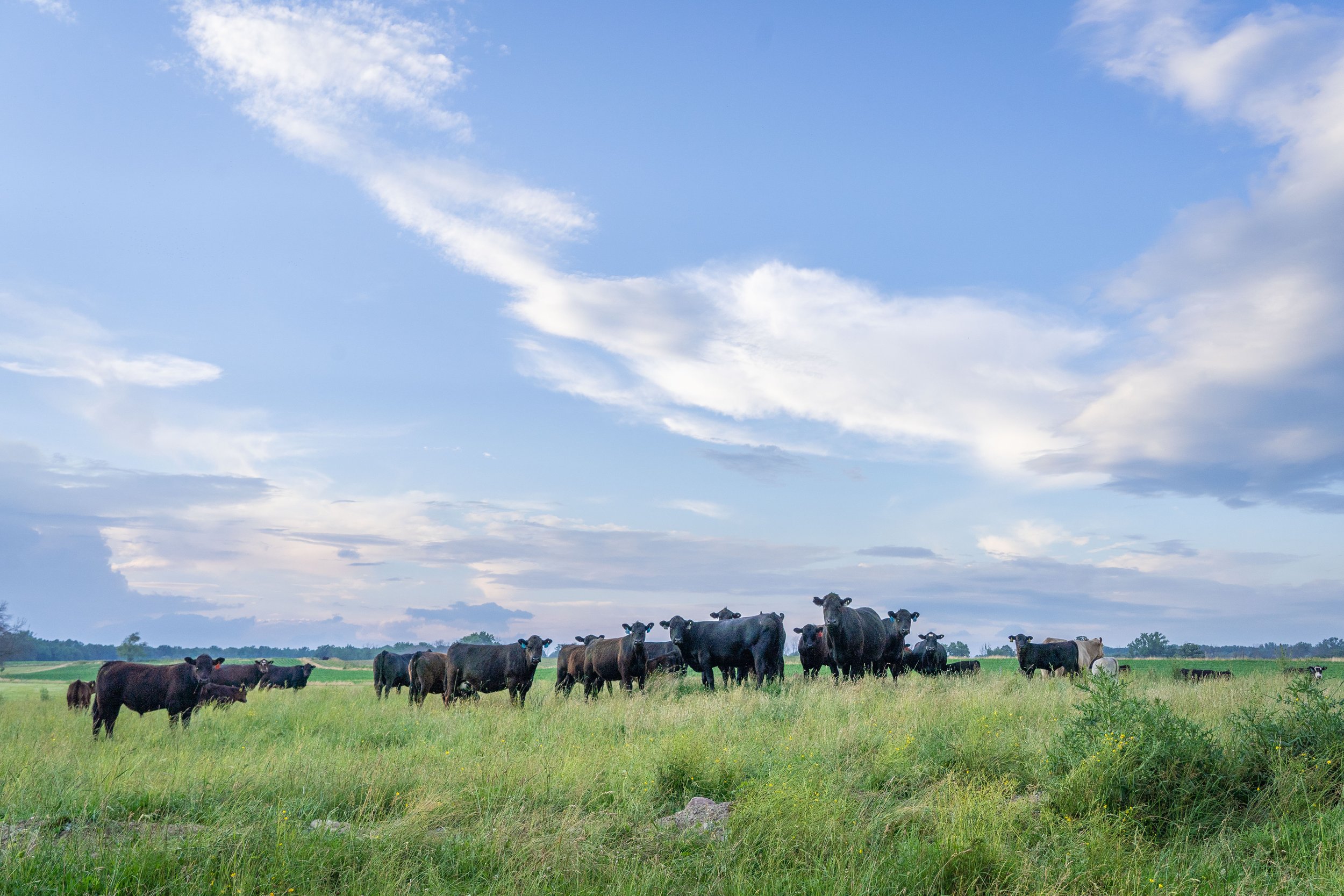Bagley Risk Management Solutions: Your Shield Against Unpredictability
Bagley Risk Management Solutions: Your Shield Against Unpredictability
Blog Article
Comprehending Animals Threat Defense (LRP) Insurance Coverage: A Comprehensive Guide
Navigating the realm of animals danger protection (LRP) insurance can be a complicated endeavor for several in the agricultural industry. This sort of insurance coverage offers a safeguard versus market changes and unanticipated situations that can affect animals producers. By understanding the intricacies of LRP insurance policy, manufacturers can make informed choices that may guard their operations from economic risks. From exactly how LRP insurance operates to the various protection alternatives readily available, there is much to uncover in this extensive overview that can potentially form the way livestock producers come close to risk administration in their businesses.

Exactly How LRP Insurance Policy Works
Periodically, recognizing the mechanics of Livestock Risk Defense (LRP) insurance coverage can be complicated, but damaging down just how it functions can provide clearness for herdsmans and farmers. LRP insurance is a risk administration tool made to protect animals manufacturers against unanticipated rate decreases. It's vital to keep in mind that LRP insurance coverage is not an earnings warranty; rather, it concentrates exclusively on cost risk security.
Eligibility and Coverage Options

When it comes to insurance coverage alternatives, LRP insurance provides producers the flexibility to choose the insurance coverage degree, insurance coverage duration, and recommendations that finest suit their danger monitoring requirements. By comprehending the eligibility requirements and protection choices available, livestock manufacturers can make informed decisions to take care of threat properly.
Benefits And Drawbacks of LRP Insurance
When evaluating Livestock Threat Security (LRP) insurance coverage, it is vital for livestock producers to weigh the benefits and negative aspects integral in this threat monitoring device.

One of the primary advantages of LRP insurance coverage is its capacity to provide protection against a decrease in animals prices. Additionally, LRP insurance coverage uses a degree of flexibility, allowing producers to customize protection levels and plan durations to suit their particular needs.
However, there are also some disadvantages to take into consideration. One constraint of LRP insurance is that it does not secure versus all kinds of dangers, such as disease outbreaks or natural calamities. Furthermore, premiums can check these guys out often be expensive, particularly for producers with large animals herds. It is critical for manufacturers to carefully assess their individual threat direct exposure and financial situation to determine if LRP insurance her latest blog is the right risk monitoring tool for their procedure.
Recognizing LRP Insurance Premiums

Tips for Optimizing LRP Conveniences
Making best use of the advantages of Livestock Threat Protection (LRP) insurance calls for calculated preparation and aggressive danger management - Bagley Risk Management. To make the most of your LRP insurance coverage, consider the complying with pointers:
Frequently Examine Market Problems: Keep informed about market patterns and rate fluctuations in the livestock market. By monitoring these elements, you can make enlightened choices concerning when to acquire LRP coverage to protect against possible losses.
Establish Realistic Protection Degrees: When picking coverage levels, consider your production costs, market worth of animals, and prospective dangers - Bagley Risk Management. Establishing realistic insurance coverage degrees guarantees that you are properly safeguarded without overpaying for unneeded insurance coverage
Expand Your Protection: As opposed to counting entirely on LRP insurance policy, take into consideration expanding your threat monitoring approaches. Incorporating LRP with other risk management devices such as futures agreements or alternatives can give thorough protection against market uncertainties.
Review and Readjust Protection Regularly: As market problems alter, periodically assess your LRP insurance coverage to ensure it lines up with your current danger exposure. Changing protection levels and timing of acquisitions can assist enhance your threat defense strategy. By following these tips, you can maximize the benefits of LRP insurance coverage and safeguard your animals operation against unforeseen dangers.
Conclusion
In verdict, animals his explanation risk security (LRP) insurance coverage is a beneficial tool for farmers to take care of the financial risks linked with their livestock operations. By recognizing how LRP works, qualification and protection alternatives, as well as the advantages and disadvantages of this insurance, farmers can make educated decisions to secure their livelihoods. By very carefully considering LRP costs and applying strategies to optimize benefits, farmers can reduce prospective losses and make certain the sustainability of their procedures.
Animals producers interested in obtaining Animals Threat Defense (LRP) insurance policy can discover a range of eligibility requirements and coverage options tailored to their particular animals procedures.When it comes to coverage choices, LRP insurance policy supplies manufacturers the adaptability to pick the insurance coverage degree, insurance coverage duration, and recommendations that ideal suit their threat administration requirements.To grasp the complexities of Livestock Risk Defense (LRP) insurance fully, understanding the variables influencing LRP insurance costs is essential. LRP insurance premiums are identified by various elements, consisting of the insurance coverage level chosen, the anticipated rate of animals at the end of the protection period, the type of animals being guaranteed, and the length of the insurance coverage duration.Evaluation and Adjust Insurance Coverage Consistently: As market problems alter, periodically assess your LRP insurance coverage to ensure it straightens with your present risk direct exposure.
Report this page